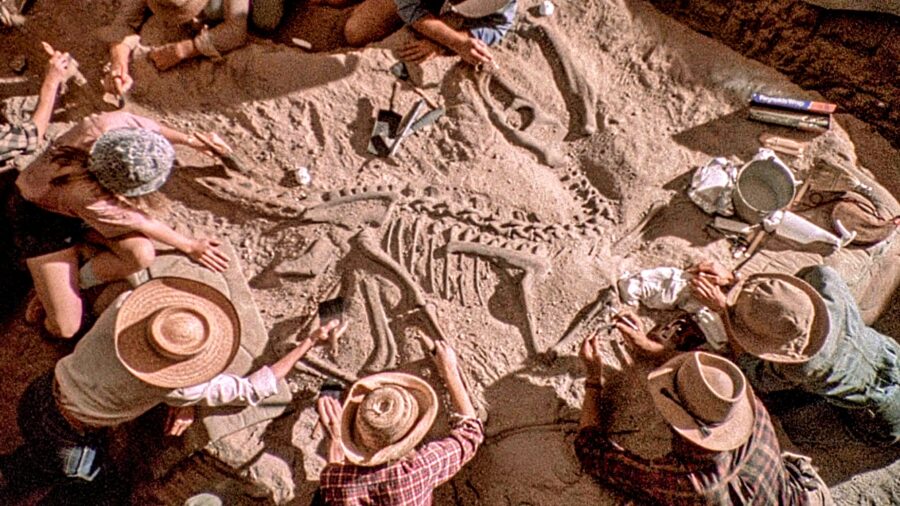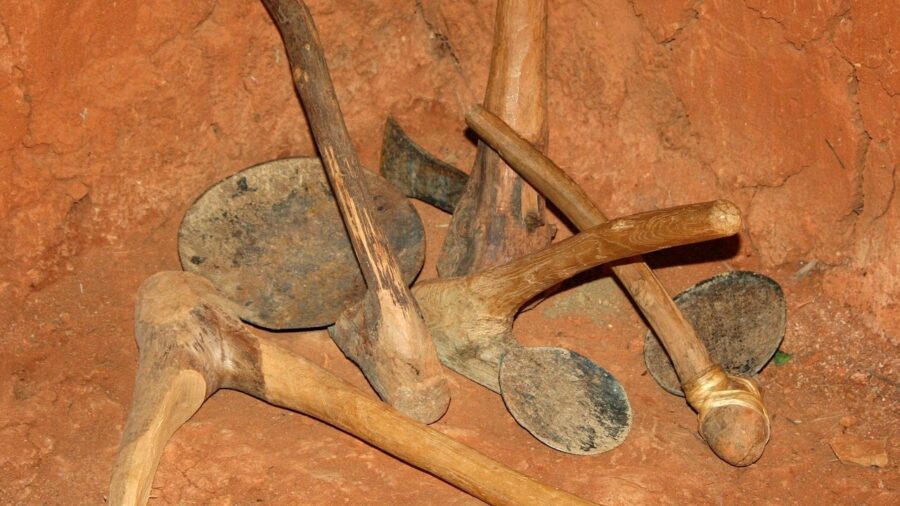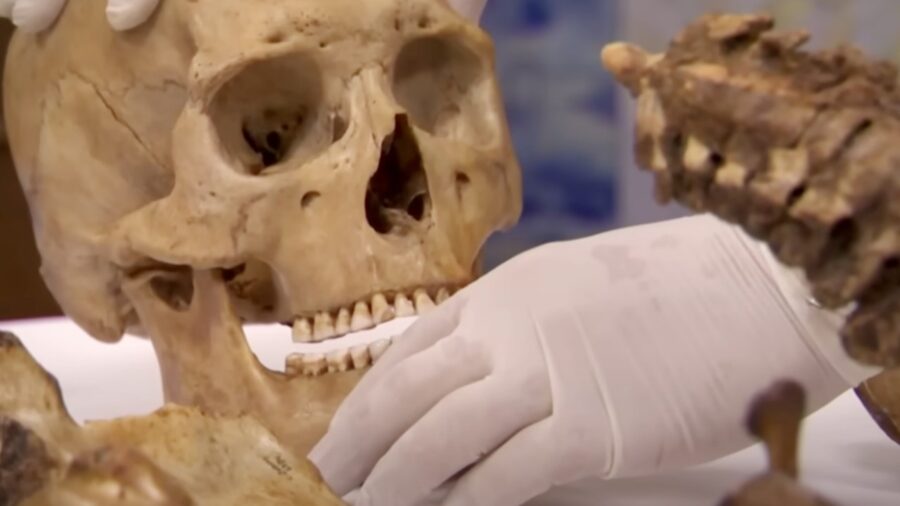9,000 Years Of Human History Revealed By DNA Discovery

An archeological site in South Africa has yielded a breakthrough in our understanding of human history, providing insights into 9,000 years of human habitation using genetics. The genetic study of 13 individuals spanning the Holocene era demonstrates that the southernmost part of Africa has been continuously inhabited by an indigenous population, unlike any other place on Earth that we know of. Living members of the San indigenous community in southern Africa can trace their lineage back ten thousand years to their ancient ancestors.
One Genetic Line Dating Back More Than 9,000 Years

In most places on Earth, human history is a story of waves of migration caused by natural phenomena like the ice age, human exploration, the development of new social systems like farming, and then, in recent human history because of invasion and war. However, the region in South Africa, where the remains of 13 individuals from the Holocene period were discovered and tested, isn’t like that. Until a recent wave of modern migration, these people lived in the area as a single genetic line all the way back to the Pleistocene era 10 thousand years ago.
Comparing DNA With The Living

Scientists conducted a genetic study of 13 individuals discovered in a rock shelter in Oakhurst, comparing their DNA sequencing to modern San people. The DNA sections were demonstrated to be related to indigenous people living today in the southernmost tip of Africa. This comparison is a first-of-its-kind study in the region, where it was previously difficult or impossible to extract genetic material from ancient remains, and provides a unique glimpse at human history.
Powder From Bone Fragments

Victoria Gibbon and Joscha Gretzinger, who co-lead the study, extracted DNA from the remains, which ranged in age from 10,000 years ago to 1,600 years ago by making a powder from bone fragments.
This new method of extraction was successful, yielding a surprising result, and added a new layer of detail to our human history of migration and interaction. The genetic map that researchers were able to create showed that the Indigenous San and Khoekhoe peoples shared a strikingly similar genetic profile and that they diverged from the rest of the global population around the same time.
No Contact With The Outside World

Because the San and Khoe peoples weren’t in contact with other groups of humans until relatively recently on the scale of human history, the tools that they developed from stone were likely their own invention and not a result of contact with other humans.
This means that the local population developed tool usage roughly around the same time as other homo sapiens, even though they weren’t in contact with other tool-making people. This revelation suggests that human beings can develop similar adaptations in similar circumstances independently from one another, and it questions the idea that tool use was a development brought to humans by one main group of innovators who shared their technology with other populations over time, upending the common narrative of human history.
Human History

While the new study is a big change from our previous understanding of human history, the authors of the study caution that the sample size is very small. While this is a significant shift for the study of human migration, broad conclusions about the origins of technology and adaptations that humans as a whole have made throughout history should be shelved until a larger sample size can be tested. The new study has laid the groundwork for future study of human history.
Source: Nature












